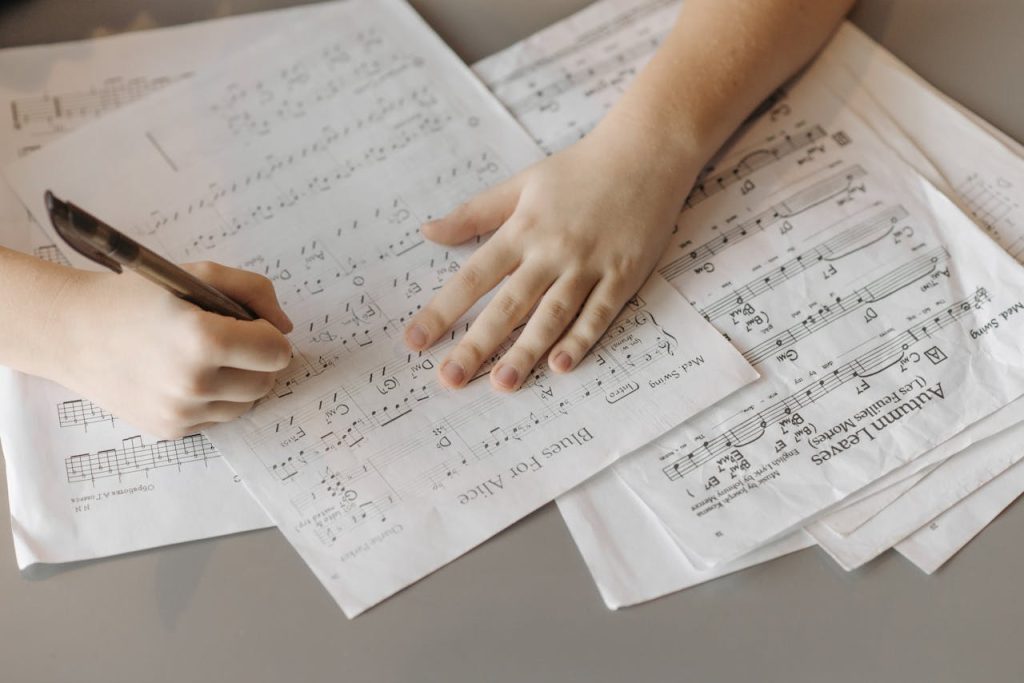Ever felt like your piano playing sounds a bit… flat? Not in pitch—your notes are fine! I’m talking about the shape of your music. You know, those magical moments when a melody swells like an ocean wave or fades like a sunset? That’s where crescendo, diminuendo, and decrescendo come in!
🌊 Crescendo: Riding the Wave Up
Let’s start with crescendo (pronounced “kre-shen-doh,” Italian for growing). It’s a gradual increase in volume. Imagine you’re starting a whisper and turning it into a roar!
When you crescendo, it’s not just about getting louder. It’s about building tension and emotion. Think of it like climbing a mountain—every step higher is more thrilling.
🎹 Tip: Use your arm weight and wrist flexibility to gradually “press” more deeply into the keys. Don’t just slap the piano harder—feel the growth of the sound in your whole body!
🌅 Diminuendo & Decrescendo: The Beautiful Fade
Next up: diminuendo and decrescendo. They’re basically the same thing—both mean a gradual decrease in volume. If crescendo is sunrise, this is sunset.
A diminuendo isn’t just getting quieter. It’s about release. Letting the sound melt away like chocolate in the sun. Smooth, controlled, beautiful.
🎹 Tip: Relax your fingers and wrists as you diminuendo. Let your sound “float” away rather than chopping it off.
💡 Why It Matters: The Drama of Dynamics
Let’s face it—music without dynamics is like a painting without color. Crescendo and diminuendo turn your music from black-and-white sketches into full Technicolor movies.
Here’s why you should care:
✅ Emotional Impact: The rise and fall of volume creates drama, tension, and excitement.
✅ Storytelling: Music is a story! Your dynamic shaping tells the audience how to feel, moment by moment.
✅ Professional Polish: Want to sound more advanced? Dynamics are a secret weapon. Even simple pieces come alive when you add dynamic “shape.”
🔥 Quick Practice Challenge: Shape Your Sound
🎵 Take a simple 4-bar melody. Play it three times:
1️⃣ Flat – no dynamics.
2️⃣ Add a crescendo to the peak of the melody.
3️⃣ Add a diminuendo to end softly.
Feel the difference? It’s night and day!
🎯 Final Thought: Make Your Piano Sing
The piano isn’t just a bunch of keys—it’s an orchestra at your fingertips! Crescendo, diminuendo, and decrescendo let you become the conductor of that orchestra. So next time you play, think of those waves of sound—swelling, falling, always alive.
Now go shape your sound—and watch your music come to life!

